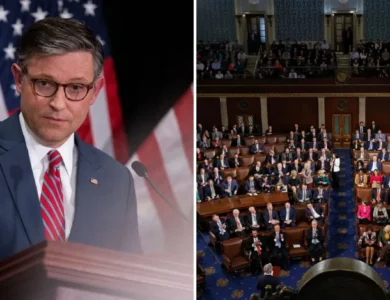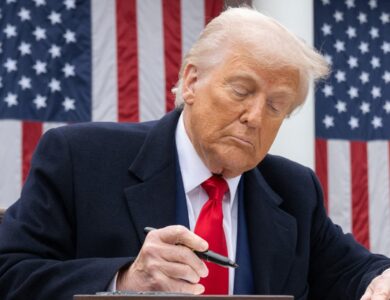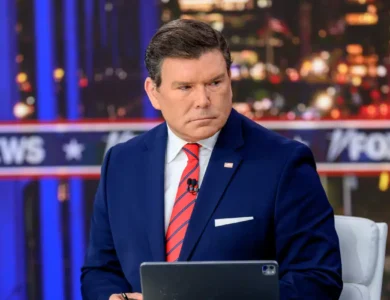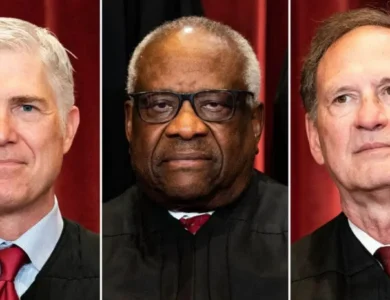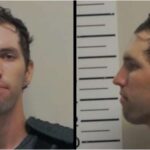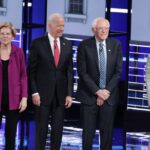Feds Launch Probe Into Tesla’s Self-Driving Feature Amid Rise In Errors, Crashes
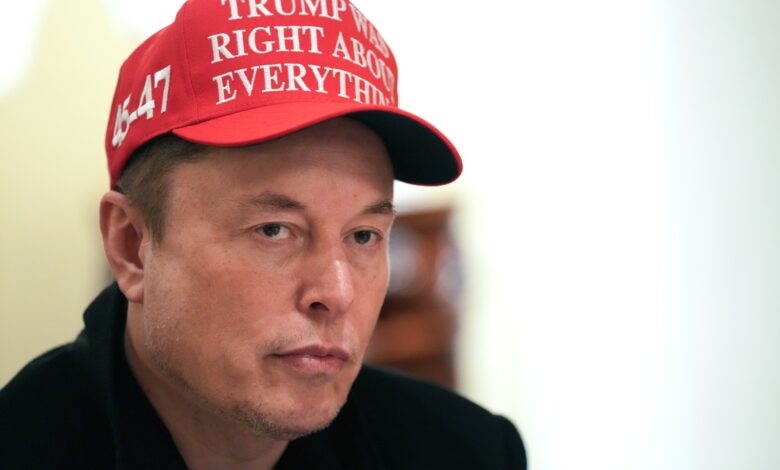
Federal regulators have launched a sweeping new investigation into Tesla’s Full Self-Driving (FSD) system after a wave of incidents involving cars that ran red lights, drove on the wrong side of the road, and crashed — raising fresh questions about the safety of Elon Musk’s driver-assistance technology.
The National Highway Traffic Safety Administration (NHTSA) said the investigation covers 58 incidents tied to the FSD software, which resulted in more than a dozen crashes, multiple fires, and nearly two dozen injuries, The Associated Press reported.
“The ultimate question is, ‘Does the software work?’” said Seth Goldstein, a Morningstar analyst with a sell rating on Tesla stock.
Ross Gerber, a money manager and longtime Tesla investor, said the company’s aggressive rollout of self-driving technology has effectively turned public roads into a live experiment.
“The world has become a giant testing ground for Elon’s concept of full self-driving, and it’s not working,” Gerber said.
The probe adds to several ongoing federal investigations into Tesla’s driver-assistance systems, which could jeopardize Musk’s vision of turning millions of existing Teslas into fully autonomous vehicles through software updates.
Musk has promised that hundreds of thousands of driverless Tesla taxis will operate in major U.S. cities by the end of next year. That timeline is now in doubt as regulators intensify scrutiny over FSD’s performance and safety record.
According to NHTSA, the new probe affects roughly 2.9 million Tesla vehicles equipped with Full Self-Driving software. The agency said many drivers involved in recent accidents reported that the vehicles gave no warning before performing unexpected or unsafe maneuvers.
Tesla maintains that the system is not designed to operate without human supervision and that drivers are required to remain attentive and ready to intervene at all times.
The announcement sent Tesla stock down nearly 3% before it recovered to close off 0.7%.
The automaker has faced a series of safety-related inquiries in recent years. In 2024, NHTSA opened an investigation into 2.4 million Teslas over driver-assistance failures in fog and low-visibility conditions, including a fatal pedestrian crash. Earlier this year, regulators examined Tesla’s “summon” feature after multiple parking-lot collisions, and another investigation in August focused on delayed crash reporting.
That same month, a Miami jury found Tesla partly liable in a 2019 crash involving its Autopilot system, awarding victims more than $240 million in damages. Tesla said it would appeal the verdict.
Gerber, who has publicly sparred with Musk over Tesla’s management and messaging, said the company’s branding is part of the problem.
“They have to take responsibility for the fact that the software doesn’t work right,” Gerber said. “Elon can deal with his ego issues, or someone needs to tell him, ‘Hey, you keep causing accidents with this stuff. Maybe put it on test tracks until it works.’”
Tesla’s Full Self-Driving system remains classified as Level 2 driver-assistance — meaning it still requires constant driver supervision — though Musk has long touted plans to move toward full autonomy. The company rolled out a new version of the software this week and is testing a vastly upgraded system that, Musk says, will eliminate the need for human intervention.
Meanwhile, Tesla faces new financial and reputational pressures. Sales growth has slowed sharply as competitors undercut the company with cheaper, high-quality electric vehicles.
In Europe, Tesla has seen a consumer backlash over Musk’s vocal support for President Trump and right-wing candidates. Chinese rival BYD has gained ground with lower-cost models, while Ford, Rivian, and other automakers have begun matching Tesla’s range and performance at competitive prices.
In response, Musk announced new budget versions of the Model Y and Model 3, but investors reacted negatively, sending Tesla shares down 4.5%.
“The story is catching up with the stock,” Goldstein said. “Investors are starting to realize that execution — not hype — is what matters.”
